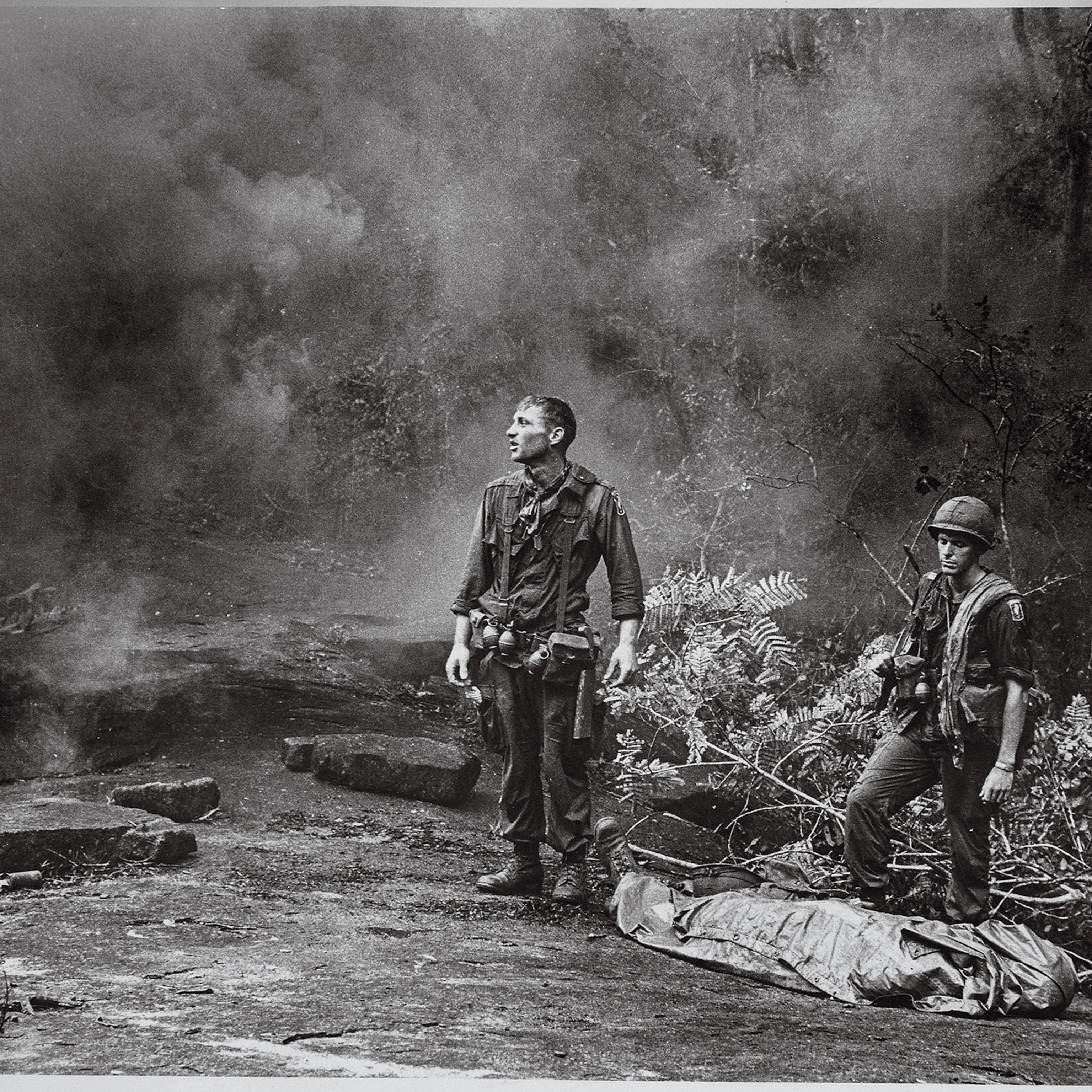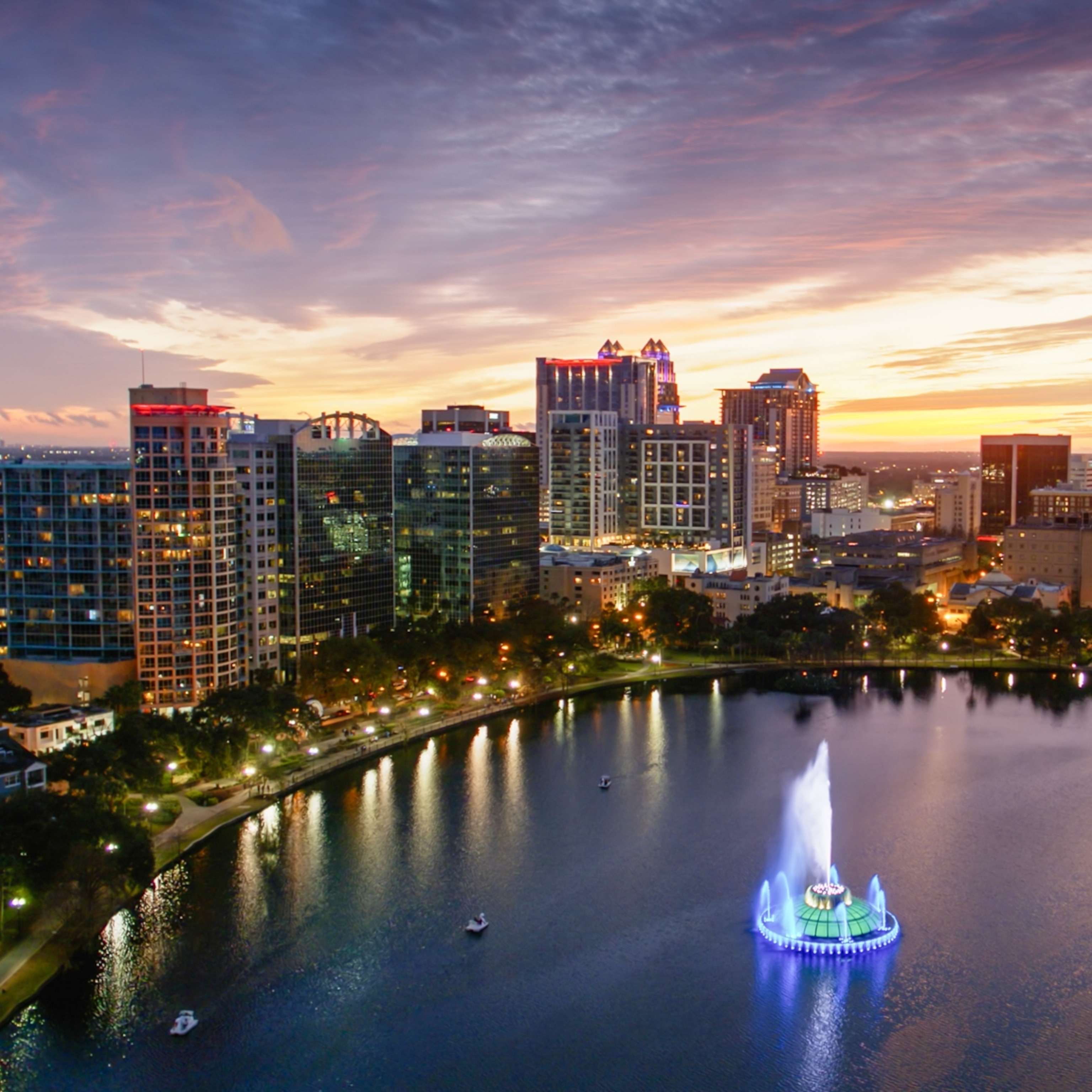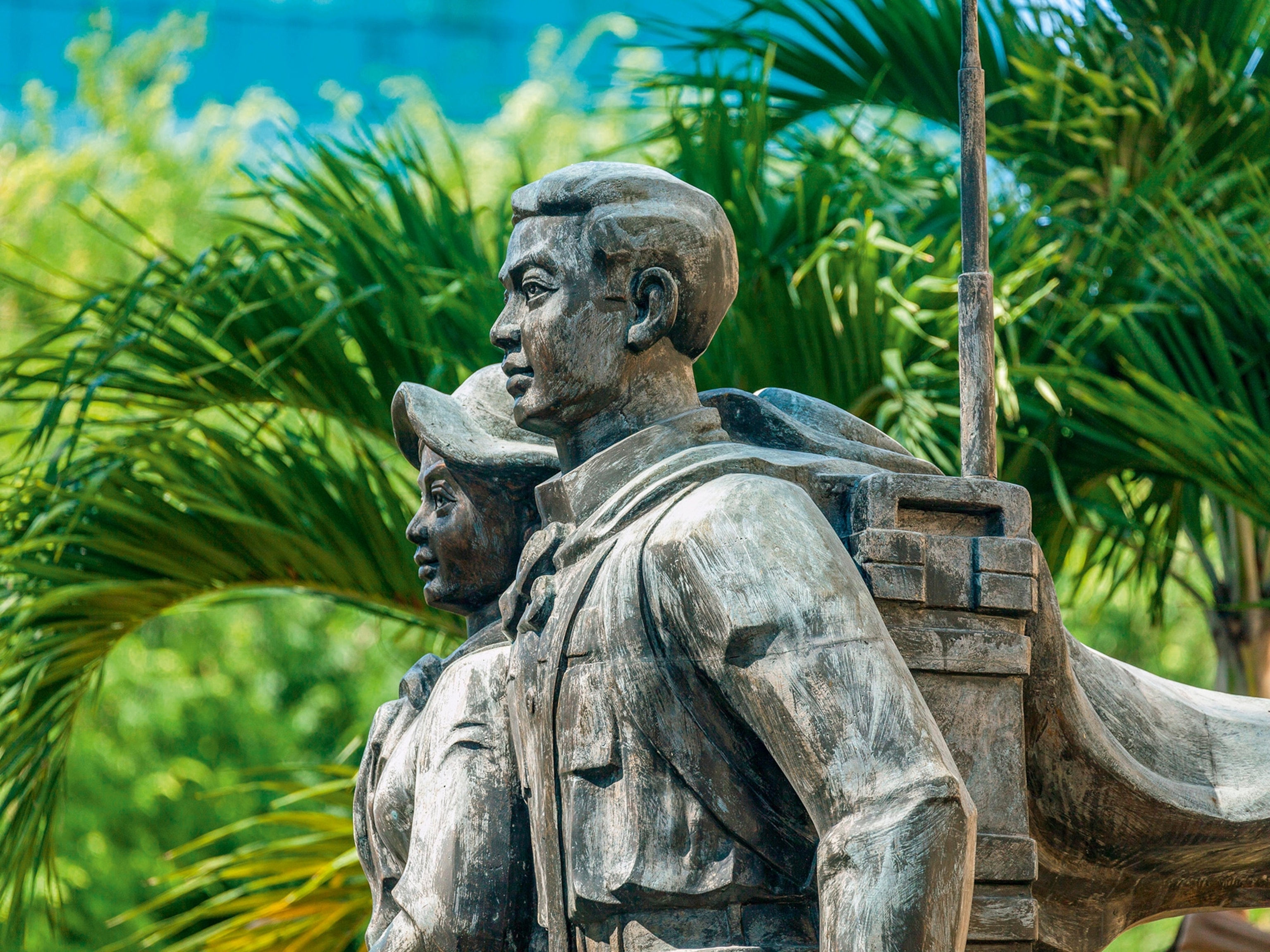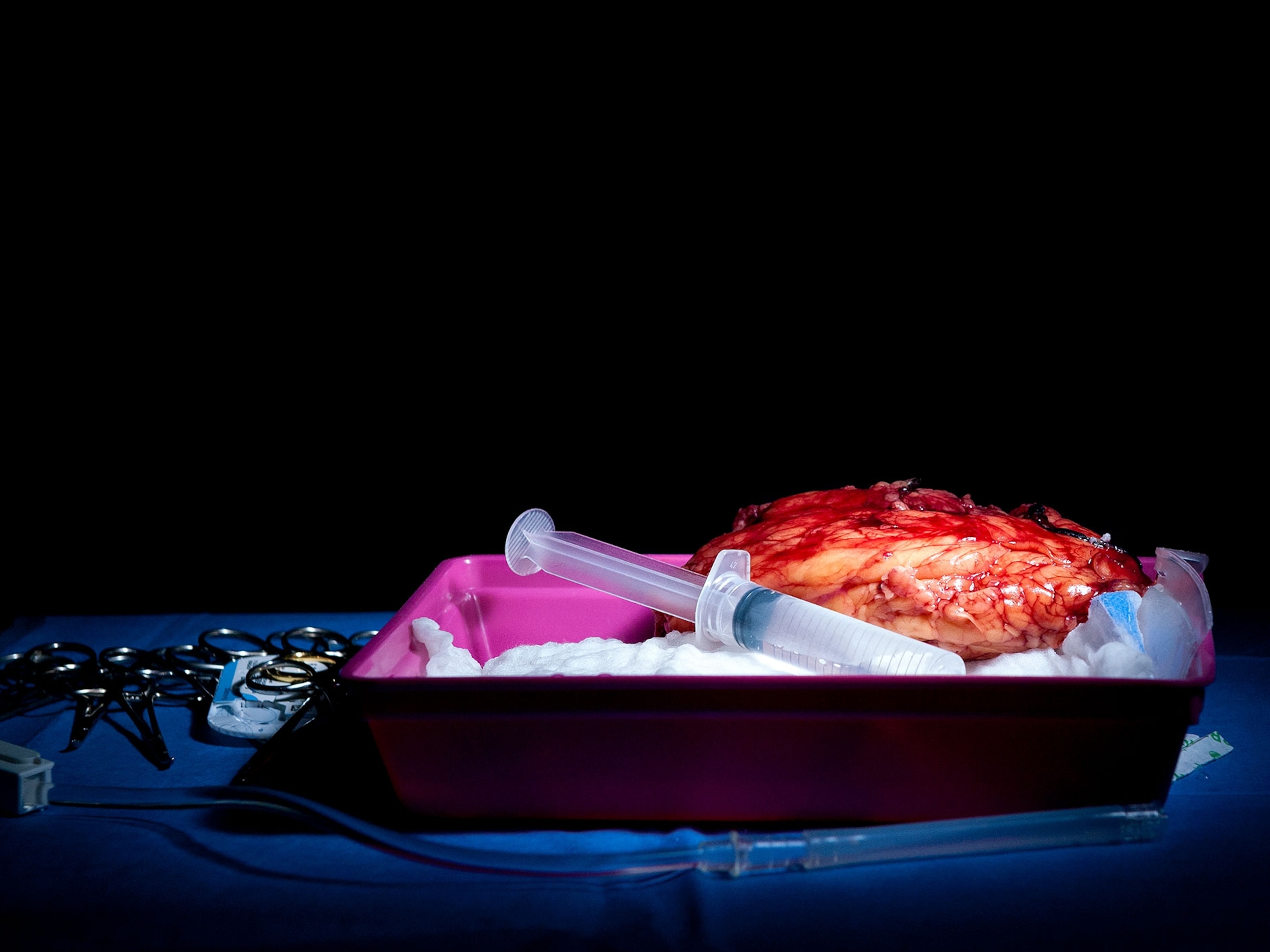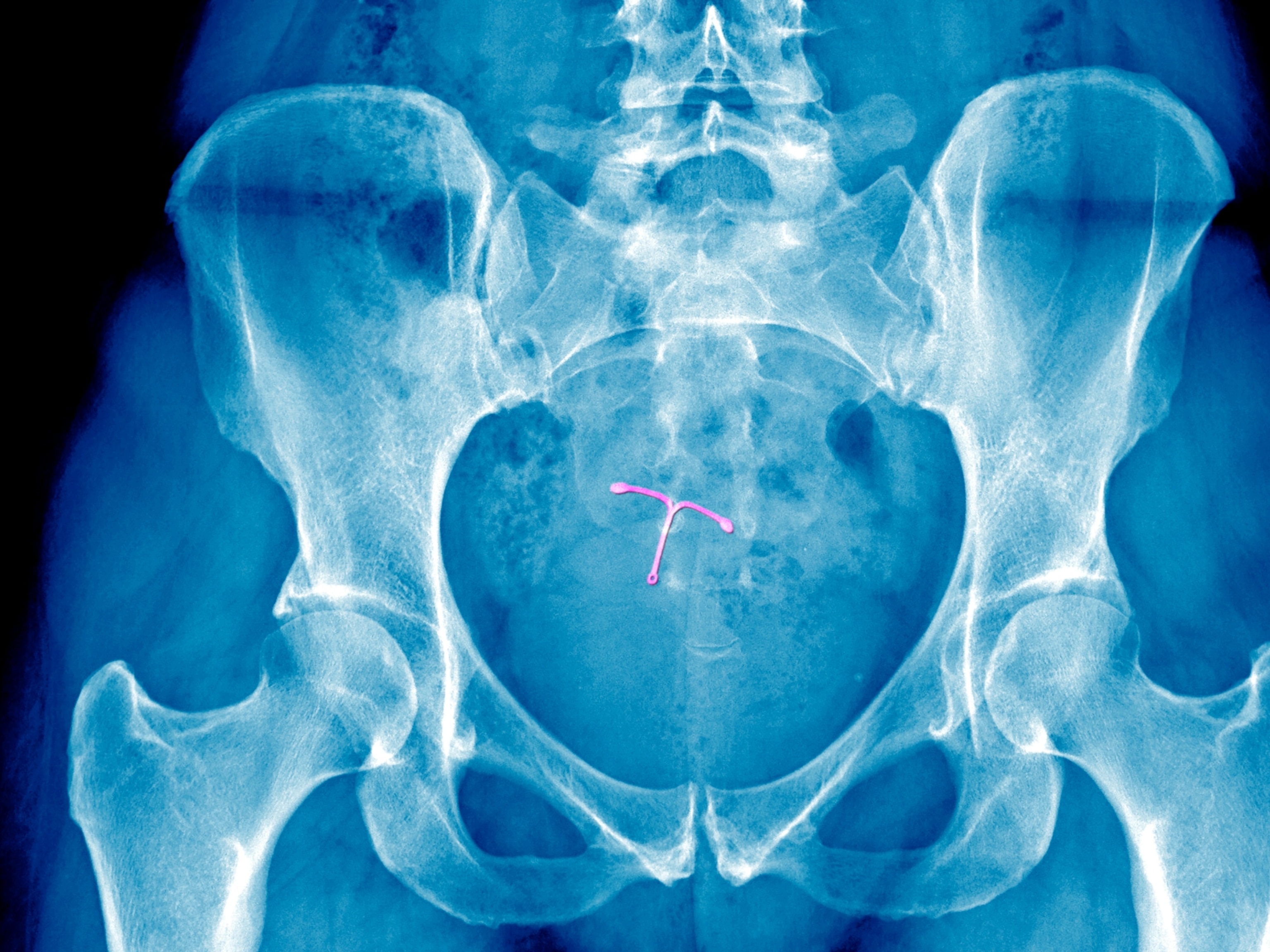
Medical Mission to Bring Smiles to Vietnamese Children Returns, 25 Years Later
In 1989, 35 Americans—including Vietnam War vets—did free surgery for Vietnamese kids deformed by cleft palate. This week, the mission continues.
Bill Franke, a St. Louis businessman, and Mike Solhaug, a Virginia pediatrician, didn't go to Hanoi in 1989 in search of absolution.
The men—who had served on a swift boat 20 years earlier in the Vietnam War—were among 35 volunteers who signed on with Operation Smile, a nonprofit medical organization that provides free surgery to repair facial deformities for children around the world. During their week in a Hanoi hospital, the men, part of the largest group of Americans to set foot on Vietnamese soil since the fall of Saigon, helped operate on more than a hundred kids with cleft lips and palates, defects that occur when a baby's lip or mouth does not form properly during pregnancy.
"I didn't feel like I needed to pay back or make amends," says Franke. "It was really an opportunity to help children." Franke, whose photograph appeared in a story on Hanoi in the November 1989 issue of National Geographic, is a self-described "mission gofer" who speaks some Vietnamese and helps with logistics.
This week, Franke, Solhaug, and 300 other volunteers with Operation Smile will return to Vietnam for a "megamission." Their goal: to perform a thousand surgeries and continue the effort to bring hope and healing to those with the congenital defect. The volunteers, split up into six teams, will spend five days treating children throughout the country.
"If this is my last trip, so be it," Solhaug says. "Because in five years, in ten years, Operation Smile is going to be there; these kids are going to keep getting treated."

Healing Hanoi
Operation Smile's 1989 trip occurred six years before diplomatic relations between the United States and Vietnam were restored. The mission received informal backing from the U.S. government and Gen. John Vessey, a former chairman of the Joint Chiefs of Staff enlisted by President Ronald Reagan as an emissary to Vietnam in the mid-1980s.
"The atmosphere was borderline hostile," says Vessey. "Clearly the Vietnamese had many humanitarian problems, with which they needed help. We had the opportunity to provide some truly humanitarian aid through Operation Smile."
Just as relations between the U.S. and Vietnam remained icy, Hanoi also remained frozen in economic disarray two decades after the war; its damaged infrastructure continued to deteriorate, and air connections were limited to two weekly flights to Bangkok. The medical system was no better, with run-down hospitals from colonial days and less than one physician per thousand people.
"During lunch, surgeons in Hanoi would leave the hospital and go home to tend to their vegetable gardens, because they lived on that food," says Bill Magee, founder of Operation Smile. "There were no resources in the country to take care of the deformity."
Magee estimates that one in 500 children in Vietnam is born with a cleft lip or palate. Though the corrective surgery is straightforward, only a thousand kids had received treatment in the three decades preceding 1989. When Operation Smile came to the country, demand for the surgery was so high, many patients had to be turned away.
"There were twice as many screened as we could operate on," says Solhaug. "That was hard. None of the parents knew what was going to happen. All their hopes were riding on that one procedure."
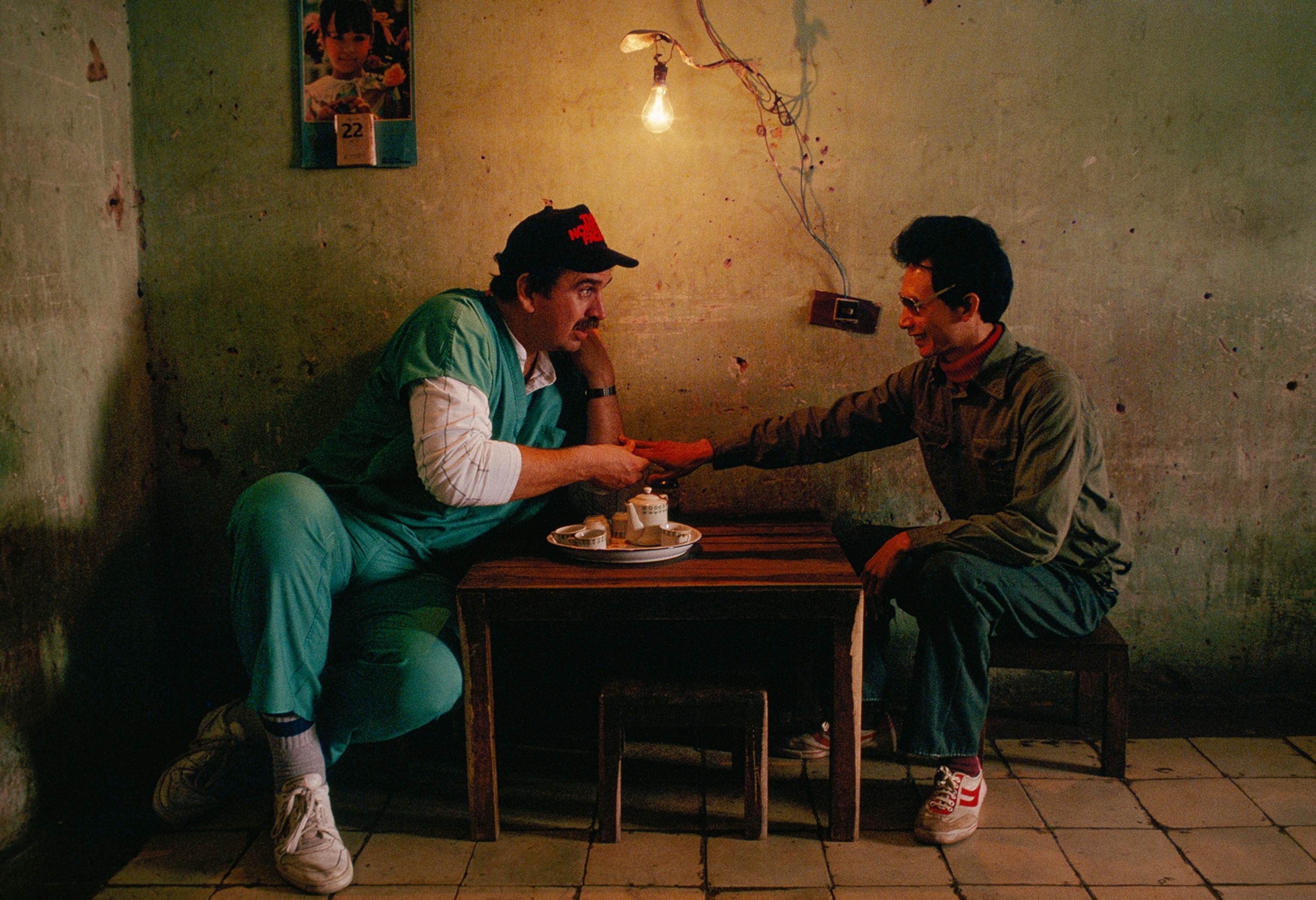
"You Killed a Lot of My Men"
Vietnam has the second highest rate of cleft lip and palate in the world after Bolivia, according to the World Health Organization, which does not provide hard numbers for Vietnam. Possible explanations range from genetics (it's more prevalent in Native American and Asian populations) to exposure to environmental toxins like Agent Orange, according to Operation Smile program strategist Richard Vander Burg.
Today, the charity operates in more than 80 countries and has treated 220,000 children around the world. Since that inaugural 1989 trip, Operation Smile has conducted missions in Vietnam every year.
The country's high prevalence of cleft palate and lip, along with roadblocks to care like lack of transportation to a hospital and the cultural stigma associated with the defect, has created some 5,000 backlogged cases, Vander Burg estimates. To more easily identify these untreated patients, Operation Smile is now digitizing its medical records.
Today, Vietnam has become one of the most dynamic emerging countries in East Asia and a close American ally, says Joshua Kurlantzick, a Southeast Asia expert at the Council on Foreign Relations. Operation Smile's 1989 mission was probably a precursor of thawing relations rather than a cause, Kurlantzick says.
In the course of healing smiles, the humanitarian mission may also have healed some emotional scars. Vessey recalls his last trip to Hanoi, in 1993, when he met the Vietnamese vice prime minister of defense.
"He said to me, 'I was a commander of the Battle of Suoi Tre. You killed a lot of my men,' " says Vessey.
"I replied, 'You killed a lot of mine.'
"Then he added, 'I also know you were responsible for bringing Operation Smile to Vietnam. My sister has a daughter who had the condition. Operation Smile made her a full person. Thank you.' "
Despite Solhaug's recollection of the war as "indescribably the worst part of my life," Operation Smile wasn't about reconciliation. It was about compassion.
"I wasn't there for personal closure," he says. "I went to be able to take care of the children."
Follow Linda Qiu on Twitter.

